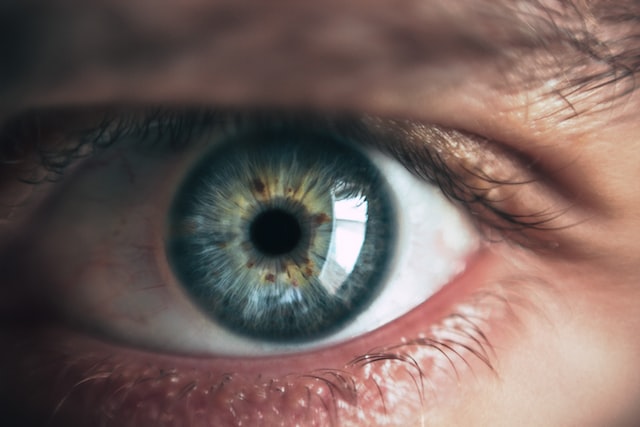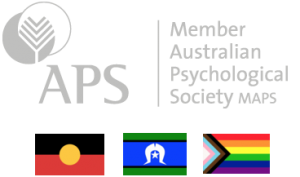Avoidance describes any action designed to prevent an uncomfortable situation or emotion from occurring. Avoidance is a primary symptom of PTSD. In many psychological models of PTSD it is believed to be a primary driver of the development and maintenance of PTSD.
Avoidance can be complicated to identify. Many clients don’t recognise that this is what they are doing. Sometimes behaviours may not be in someone’s awareness and sometimes it may be a function of life tasks. For example, spending a lot of time attending to a business may be part of business, however it may also function to keep someone away from uncomfortable emotions, or even things that trigger reminders of trauma.
Eye Gaze and Avoidance
Sélim Yahia Coll and colleagues (2022) recently identified that avoidance may generalize to non-harmful environmental cues that are perceived to be unsafe. They tested whether avoidance extends to emotional gazes. This is a social cue that is considered unrelated to trauma.
They had a sample of 159 participants. Approximately two thirds of the participants had been exposed to the 2015 Paris terrorist attacks.
There were three groups in the study:
- 52 diagnosed with PTSD
- 51 had not developed PTSD
- 56 who had not been exposed
The PCL-5 was used to gauge the level of our participants’ avoidance symptoms. These participants performed a gaze-cueing task featuring sad, happy and neutral faces. Attention to the eye area was recorded using an eye tracker.
Sélim Yahia Coll’s team (2022) found that those with PTSD looked at sad eyes for significantly less time than those without PTSD and the nonexposed individuals. This effect was negatively correlated with the intensity of avoidance symptoms. No difference was found for neutral and happy faces. In sum, they avoided looking at sad faces for longer the more they were avoidant
Sélim Yahia Coll team (2022) suggested that maladaptive avoidance in PTSD extends to social processing, in terms of eye contact and others’ emotions that are unrelated to trauma.
Summary
This study highlights the complexity of avoidance, and a possible consideration for therapists to guide the therapeutic alliance, and diagnosis. For example, is avoidant eye contact due to social anxiety or PTSD.
Reference
Coll, S. Y., Eustache, F., Doidy, F., Fraisse, F., Peschanski, D., Dayan, J., Gagnepain, P., & Laisney, M. (2022). Avoidance behaviour generalizes to eye processing in posttraumatic stress disorder. European Journal of Psychotraumatology, 13(1), 2044661. https://doi.org/10.1080/20008198.2022.2044661



